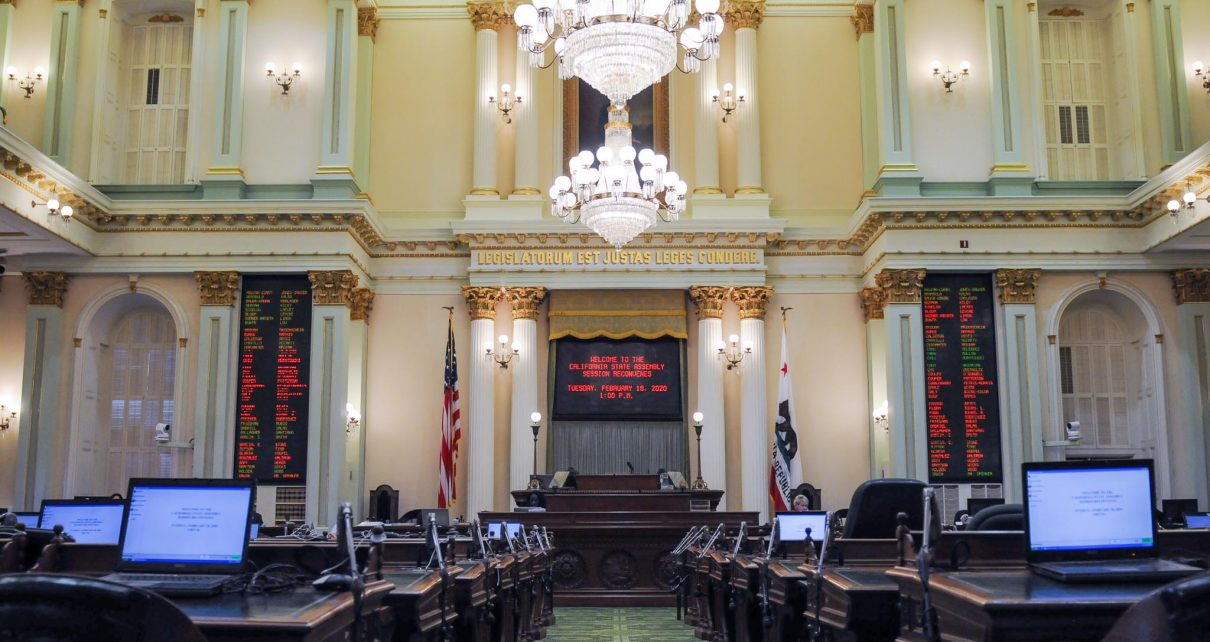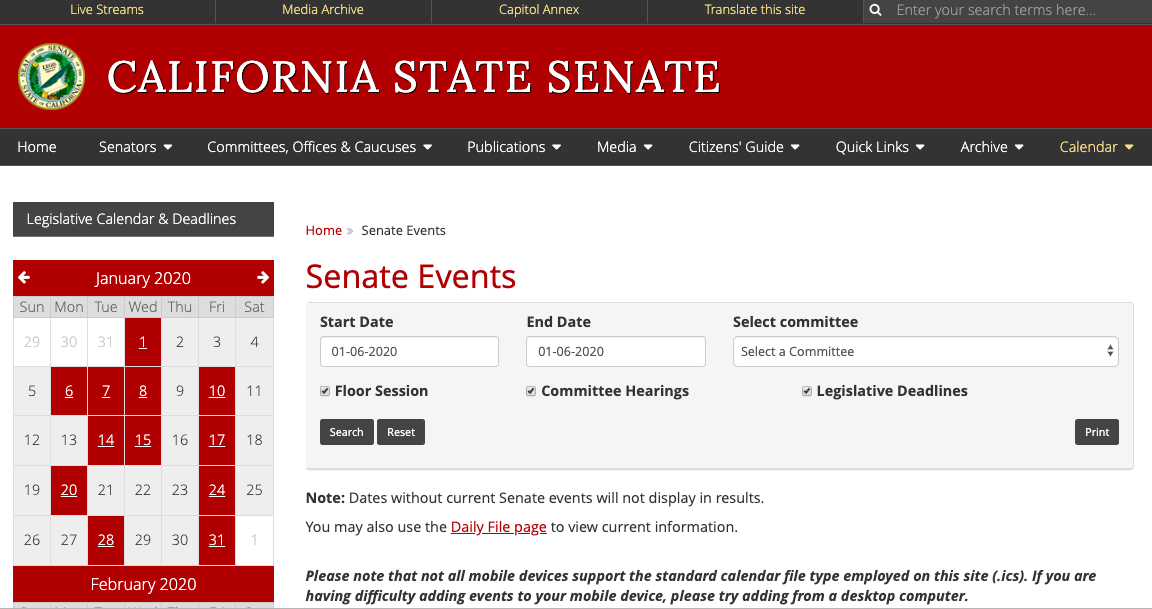
California State Assembly. (Photo: Kevin Sanders for California Globe)
California’s Legislative Rules Known by Their Numbers
The California Legislature has a myriad of internal rules
By Chris Micheli, April 24, 2022 8:43 am
Like other legislatures around the country, the California Legislature has a myriad of internal rules. These include separate rules for the Assembly and Senate, as well as Joint Rules applicable to both houses. There are some procedural rules in the California Legislature that are known merely by their number. The following are those most often heard in the state legislative process:
Assembly Rules
45.5 – Presentation of Guests or Memorials in the Assembly – guests may be introduced while the Assembly is in session; memorials can be given at the end of Floor sessions.
77.2 – Substantially Amended Bills – If an amendment to a bill makes a substantial substantive change to a bill as passed by the last committee of reference, the bill, as amended or with proposed amendments, may be referred by the Speaker to the appropriate committee. (This is similar to SR 29.10.)
96 – Motion to Withdraw or Re-refer Bills – A motion to withdraw a bill from committee, or to re-refer a bill from one committee to another, may be made during the regular order of business by an affirmative recorded vote of 41 or more Members.
Senate Rules
28.8 – Appropriations Committee – Any bill referred to the Committee on Appropriations that does not appropriate money may not be set for hearing and shall, along with any non-substantive amendments, promptly be reported to the Senate with the recommendation it be placed on second reading if the chair of the committee determines that (a) any additional state costs are not significant and do not and will not require the appropriation of additional state funds, and (b) the bill will cause no significant reduction in revenues.
29.10 – Referral of Bills – If the analysis of proposed floor amendments to a bill, other than the Budget Bill, discloses that the amendments create a new bill or rewrite the current form of the bill, upon adoption of the amendments the bill shall be reprinted and referred to the Committee on Rules. (This is similar to AR 77.2.)
Joint Rules
10.5 – Rereferral to Fiscal and Rules Committees – A bill shall be rereferred to the fiscal committee of each house when it would do any of the following: (1) Appropriate money. (2) Result in a substantial expenditure of state money. (3) Result in a substantial increase or loss of revenue to the state. (4) Result in substantial reduction of expenditures of state money by reducing, transferring, or eliminating any existing responsibilities of any state agency, program, or function.
55 – 30-Day Waiting Period – A bill other than the Budget Bill may not be heard or acted upon by committee or either house until the bill has been in print for 30 days. This rule may be suspended concurrently with the suspension of the requirement of Section 8 of Article IV of the Constitution or, if that period has expired, this rule may be suspended by approval of the Committee on Rules and two-thirds vote of the house in which the bill is being considered.
61(a) – Deadlines – Odd-numbered year: The deadlines set forth in this rule shall be observed by the Senate and Assembly during the first year of the Session.
61(b) – Deadlines – Even-numbered year: The deadlines set forth in this rule shall be observed by the Senate and Assembly during the second year of the Session.
62(a) – Committee Procedure – Notice of a hearing on a bill by the committee of first reference in each house, or notice of an informational hearing, shall be published in the Daily File at least four days prior to the hearing. Otherwise, notice shall be published in the Daily File two days prior to the hearing.
- Frequently Asked Questions about When Elected Officials Take Office - April 25, 2024
- Frequently Asked Questions About Ethics Training for Local Agencies - April 24, 2024
- Frequently Asked Questions about Privileges of Voters in California - April 23, 2024




